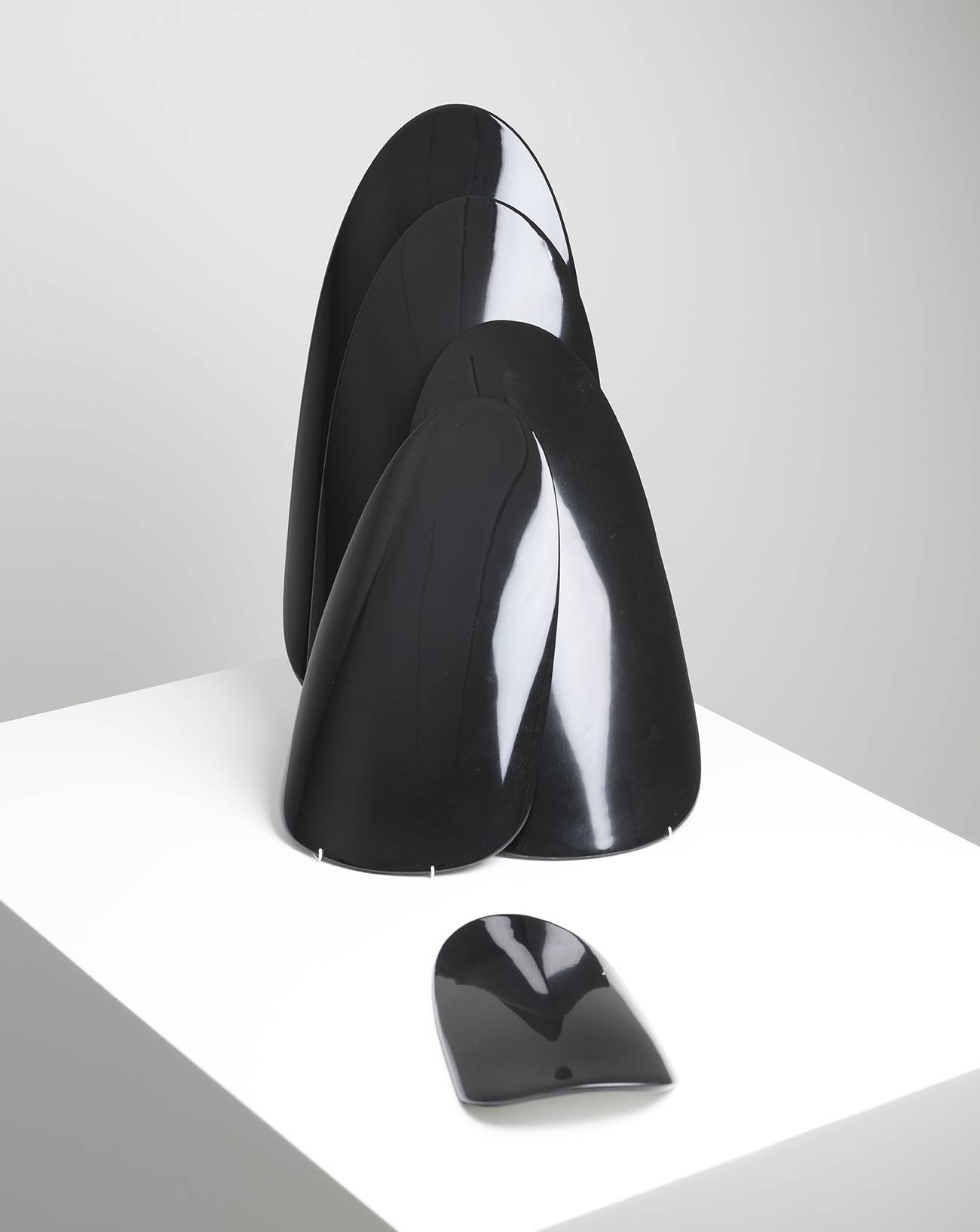

In 1972, the American artist Michael Heizer came up with a crazy idea: to found his own city in the middle of a desert in the west of the United States. The then 28-year-old artist imagined a complex at the crossroads of a science-fiction film set and the ancient city of a lost civilisation like the Incas, composed of geometric sculptures scattered across the vast, arid and completely empty land of the state of Nevada. A leading figure in land art, Michael Heizer continues with this new project to drive this movement that emerged in the 1960s, in which artists make nature the source and often the setting for their creations, using its raw material and drawing inspiration from its organic forms, to the point of producing site-specific installations in forests, mountains, expanses of water or deserts. But at the time, he had no idea that this project would occupy him for half a century. Entitled City, the sculpture-city has just been completed and will open to the public on 2nd September, fifty years after the idea first took seed in the American’s mind.


Though the City project stands out for its audacity and outrageous ambition, it stems from the research initiated by Michael Heizer since the late 1960s. At the time, the artist began to draw his inspiration and his main materials from the rocks of the Nevada desert: bolstered by his success, the American decided to leave downtown New York, where he had been working until then, to explore the western plains of the state where he was originally from. In 1967 he designed North, East, West and South, four sculptures made from the rocks of the Sierra Nevada, which marks the border between California to the east and Nevada to the west: the artist exhibited these raw pieces to evoke the landscape which they hailed from. Between 1969 and 1970, he continued his research in the southern Nevada desert where he cut a mesa (a flat-topped elevation visible in certain desert landscapes) in two. Requiring the displacement of 240,000 tons of rock, this work, entitled Double Negative, is one of the first traces the artist left in this dry, rocky territory.
When he planned the design of his huge City, his ambitions changed drastically in scale, requiring a much broader budget and time frame. Over the course of several decades, Heizer gradually purchased numerous plots of badland in the Nevada desert – ruin-like landscapes characterised by their arid and mineral aspect that were not suitable for agriculture – which finally constituted a piece of land large enough to welcome his project. Because of its unrivalled ambition in the artist's career, and more broadly in the history of art, this work required far more resources than his previous ones. Considerable funding was provided by four major American institutions, including the Los Angeles County Museum of Art and the New York’s MoMA. In 1998, the Triple Aught Foundation was founded to exclusively oversee the building of the site and its preservation as it progressed and after it opened. The foundation alone would invest 30 million dollars in the project before the region in which the work was located became part of the Basin and Range National Monument in 2015, an area created by a presidential proclaim as a result of its unmatched geological, natural, cultural and scientific resources. All steps that would help fast-track the artist’s project, who for several decades has owned a ranch in Nevada.


Although Michael Heizer has continued to make a few paintings and sculptures since the 1990s, the colossal scale of the City project has led him to devote his creative time almost exclusively to it over the past three decades. Built with local soil, rock and concrete in accordance with the principles of land art, the monumental sculptures are inspired by the trapezoidal geometry of ancient pre-Columbian temples, and are also reminiscent of the brutalist architecture of a modern city in their organisation and use of concrete. 2.4 kilometres long and 1.6 kilometres wide, the total surface of the work is composed of large esplanades, sometimes left empty, similar to the landing strips of a space base, bordered by straight or curved walls that delimit each space. Here and there, light-coloured buildings in shades of grey, beige and ochre blend in perfectly with their surroundings, reflecting the dazzling sun that bathes the region every day while evoking the sand and stones of the surrounding desert.
But the artist is not the first, nor will he be the last, to use vast arid expanses as the backdrop for his works: in 1977, another key figure of land art, Walter de Maria, filled a large desert plateau with steel poles to attract lightning. Entitled The Lightning Field, the work invites visitors to spend the night in a cabin in the middle of the field, in the hope that a storm will activate this huge metallic landscape. Twenty years later, in 1997, the artists Danae Stratou, Alexandra Stratou and Stella Constantinides, also part of this artistic movement, created Desert Breath in Egypt: a 300-metre spiral sculpted in the desert rock. Although threatened by erosion, the work still exists today. In addition to land art, desert environments have often been the site of huge artistic structures that are impossible to create elsewhere. For example, every two years the Desert X project invites contemporary artists (such as Judy Chicago, Alicja Kwade or Oscar Murillo) to create monumental works in the deserts of California and even, a few months ago, Saudi Arabia.


Despite these different ambitious projects, the creation of an entire city over two kilometres long by a single artist is a first in the history of art. Built at the juncture of the 20th and 21st centuries, City is equal to the importance of Michael Heizer's career, both in the 1970s and today. Built on the Nevada sands, this immense city-sculpture does not compare unfavourably to the sets of science fiction films such as Dune or even Star Wars because, unlike the movie sets, the artist's work is intended to be a physical and fully immersive experience. Open to the public from 2nd September, the circular spaces and angular buildings of City will nevertheless remain uninhabited: only six visitors per day will be allowed to wander through the city imagined by the artist. Like the natural landscape that surrounds it, the work lost in the desert has no beginning and no end, and is intended to be visited "by instinct". The only restriction is that the visit must be booked well in advance, as places (that cost 150 dollars) are limited in order to preserve the work and its environment.
Michael Heizer, City (1972-2022), opening to the public on 2nd September in the Nevada desert, USA. tripleaughtfoundation.org









